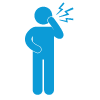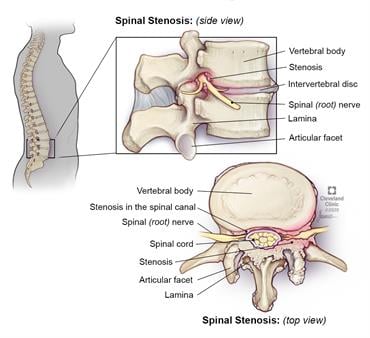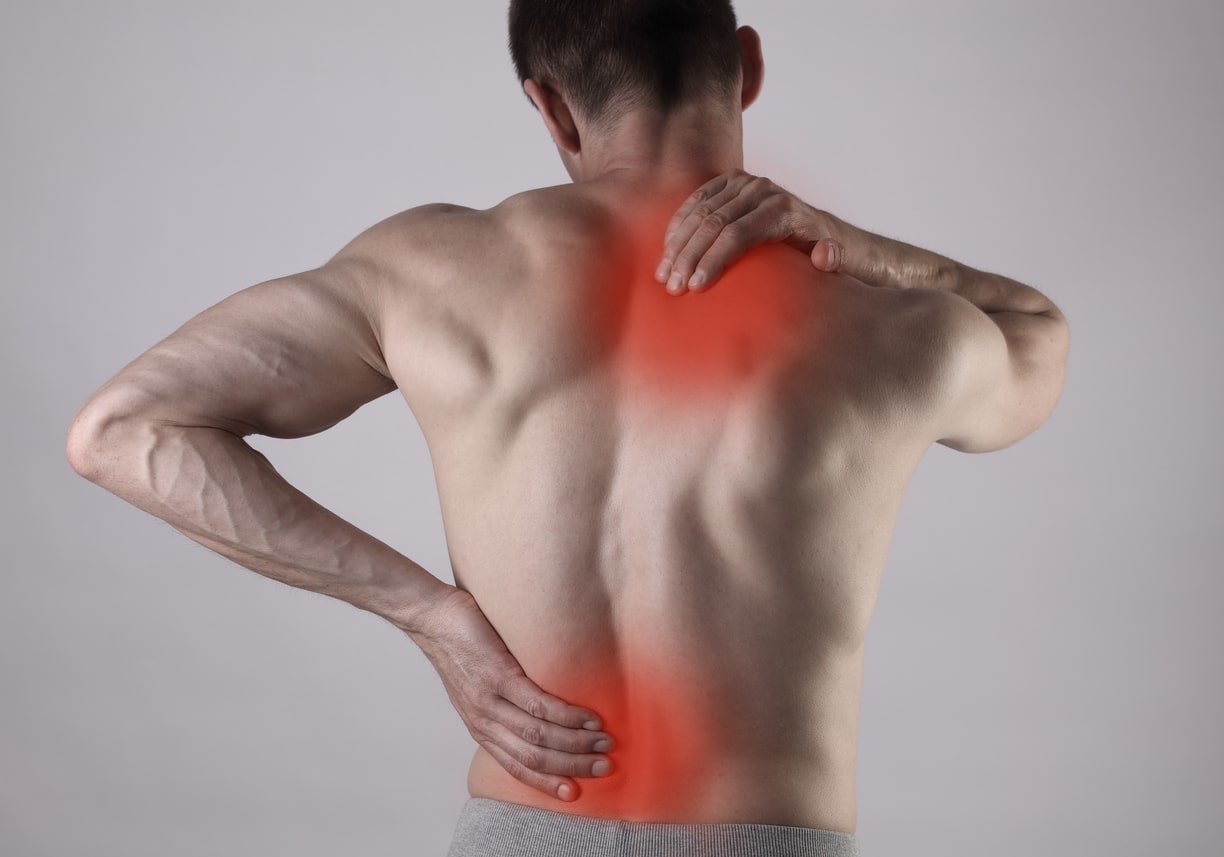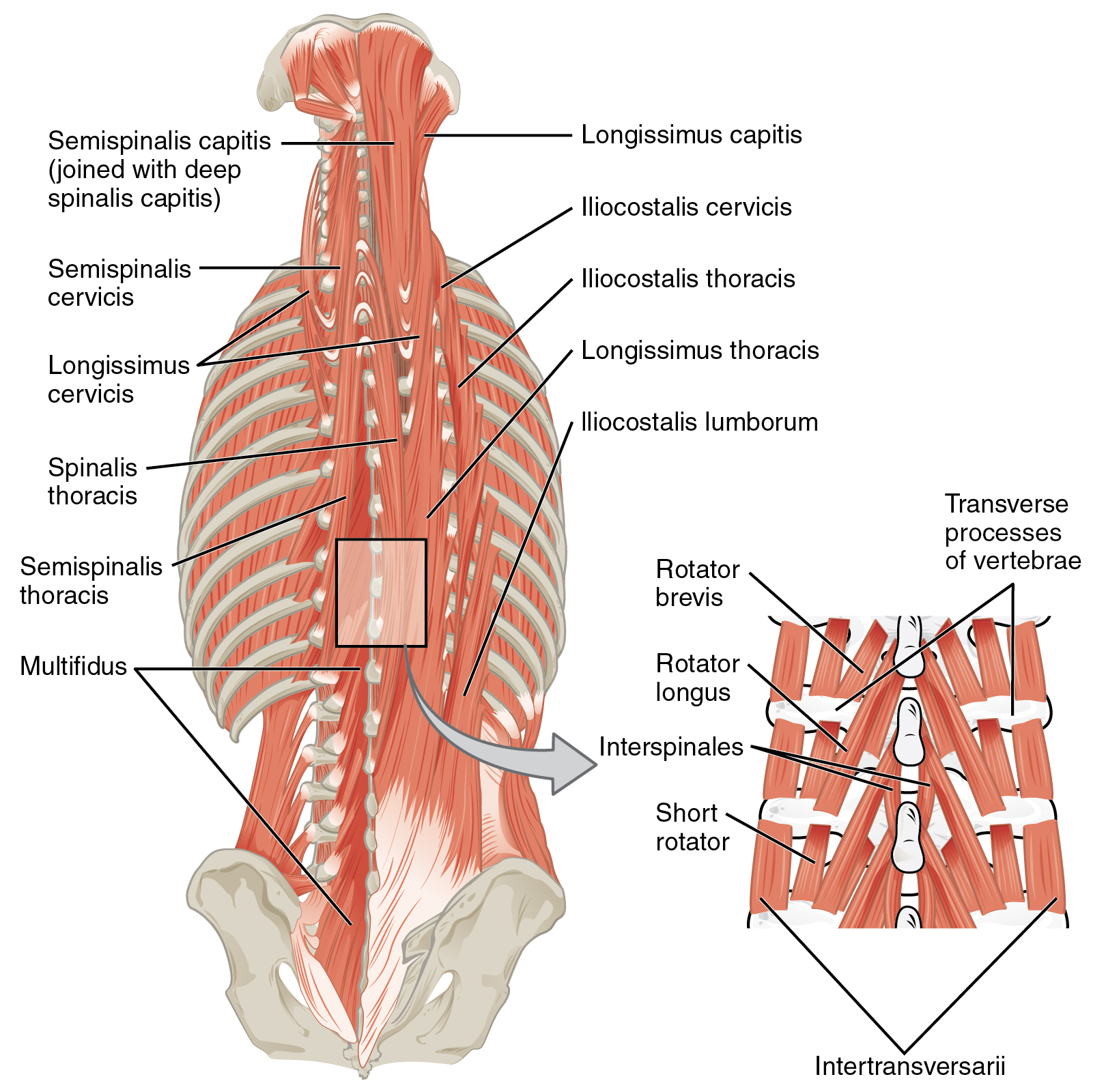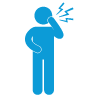
Today we’ll focus on what the research says about traction for neck pain and how to use it to our advantage. Contrary to last week's blog detailing the benefits of traction for low back pain, the literature on traction for neck pain is slightly more promising.
What the research on traction says:
Before we dive in, there are two types of traction discussed in the literature: intermittent and continuous.
Intermittent traction involves an “on-off” period, in which a pulling force is applied to the neck for a few seconds and releases. The process then repeats itself.
Continuous traction, as the name implies, involves a pulling force to the neck for an extended period of time.
Let’s begin!
Graham and colleagues reported that there is moderate evidence to support the use of mechanical intermittent traction for the neck, while there was moderate evidence against continuous traction of the neck for pain relief.
Raney et al found similar beneficial results with intermittent neck traction, which increased when people fell into certain criteria. Use this as a checklist to achieve maximal benefit from intermittent traction:
- Place your hand on the top of your head. Did this reduce pain?
- Are you greater than 55 years of age?
- Do your symptoms improve with a traction force, whether it be from your healthcare provider or home traction device?
- Tension in the nerves of the arms (as measured by your healthcare provider)?
- Worsening of symptoms when pressure was applied to the lower neck?
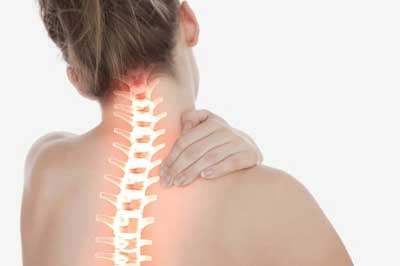
When individuals met 3 out of 5 criteria above, 79% of patients with neck pain improved with intermittent traction. When 4 out of 5 criteria were included, chances of improved symptoms increased to 94.8%. Based on how well you fell into the criteria listed above, this may be an excellent treatment for you.
How to use traction research to our advantage:
There is a possibility that intermittent neck traction can improve your symptoms if you are experiencing neck pain. With that said, intermittent neck traction should be included with stretching and neck strengthening to demonstrate maximal benefit. The difficulty is… traction can be difficult to perform on your own.
Do home devices provide intermittent neck traction?
Usually, they do not. There are a great deal of products out there (door devices, self inflatable neck-collars, to list a few) advertised to provide traction to the neck. Keep in mind these products tend to provide continuous traction. This is not to say they won’t work, but other treatments may be just as, if not more, effective. Self intermittent traction devices are available for purchase, but tend to be more expensive. Try a more affordable route (neck stretching, neck strengthening) before investing in a traction device.
As always, consult a health professional before attempting these interventions, as each individual is dealing with their own injuries and medical issues. If you’d like to schedule an appointment with Glackin Physiotherapy, send us a message at the contact page.
Physical therapy for neck pain in Columbia and Baltimore, Maryland
If you have neck pain reach out to our office today!
References:
Graham N, Gross AR, Goldsmith C. Mechanical traction for mechanical neck disorders: a systematic review. J Rehabil Med. 2006; 38:145-152.
Raney, N. H., Petersen, E. J., Smith, T. A., Cowan, J. E., Rendeiro, D. G., Deyle, G. D., & Childs, J. D. (2009). Development of a clinical prediction rule to identify patients with neck pain likely to benefit from cervical traction and exercise. European Spine Journal, 18(3), 382–391. http://doi.org/10.1007/s00586-008-0859-7

